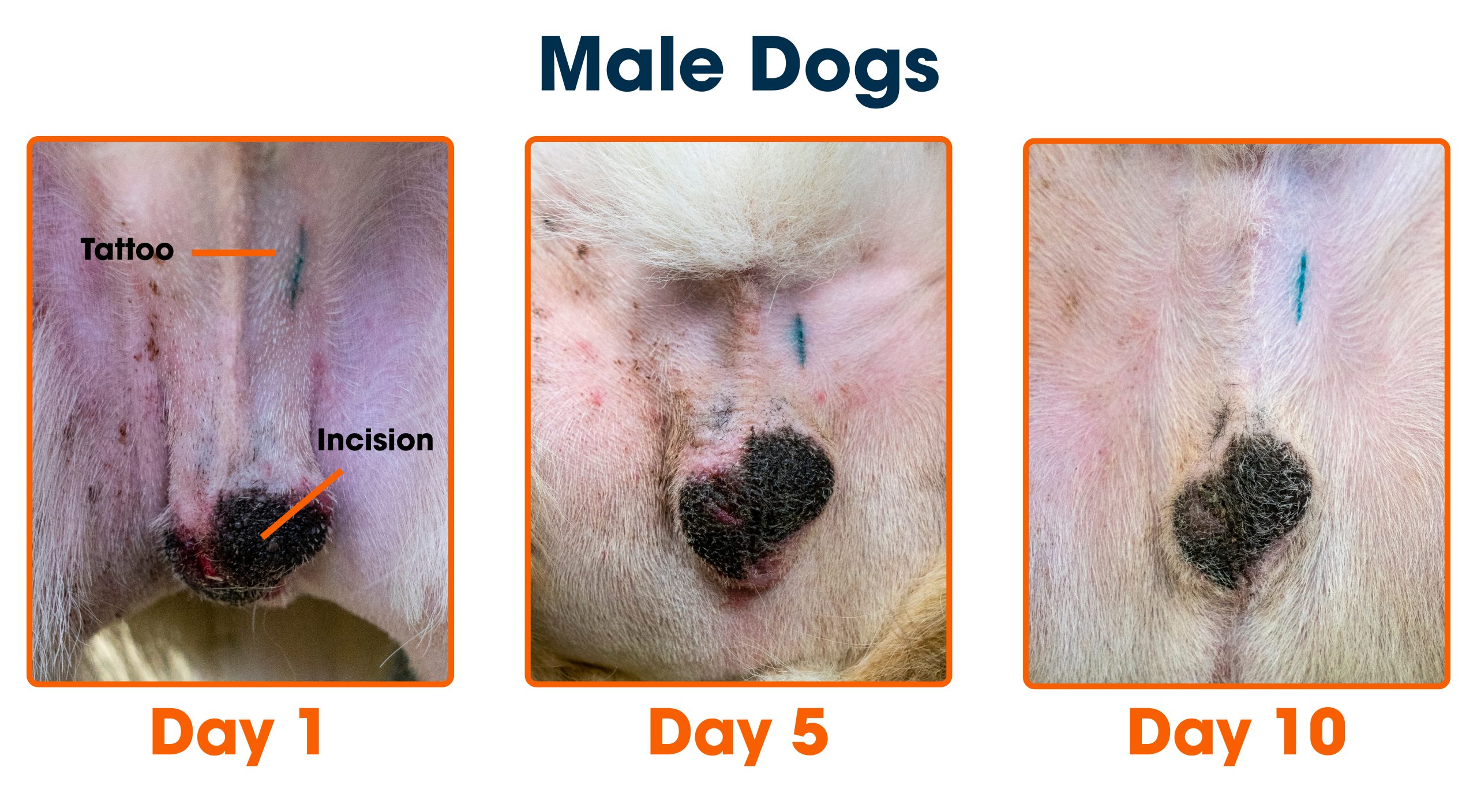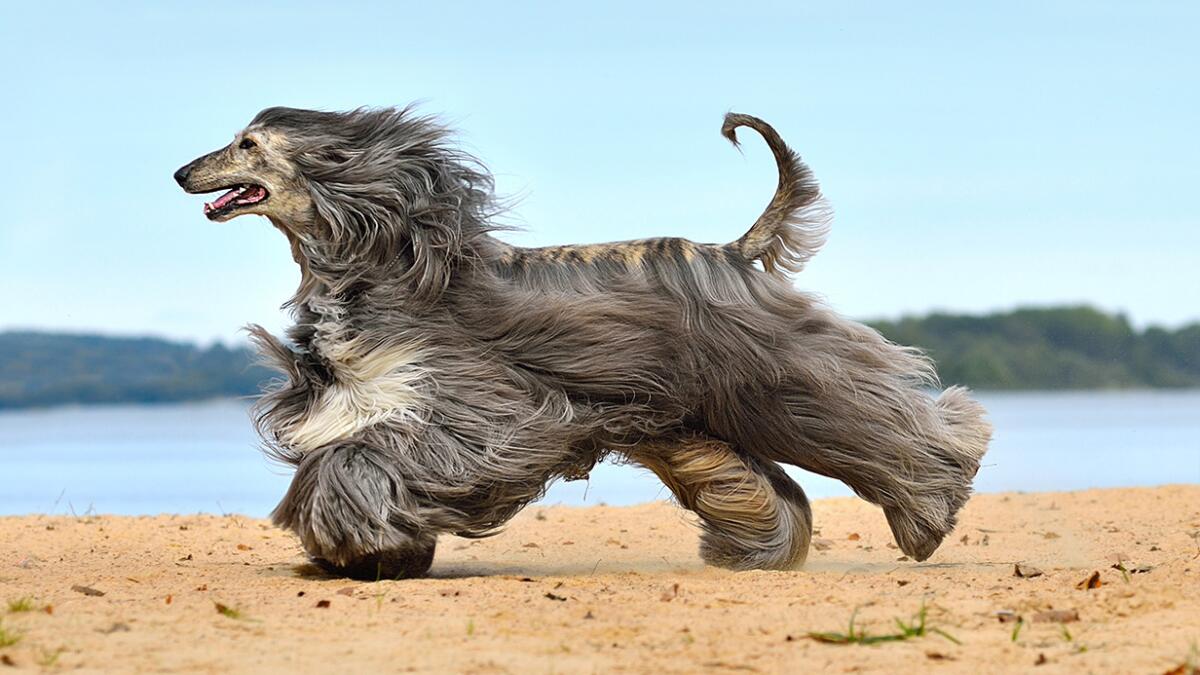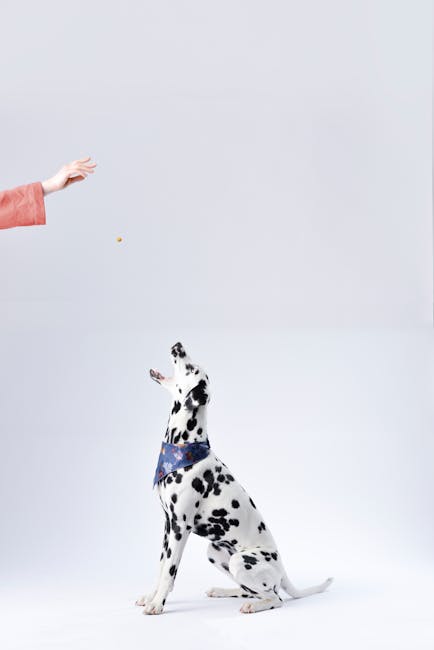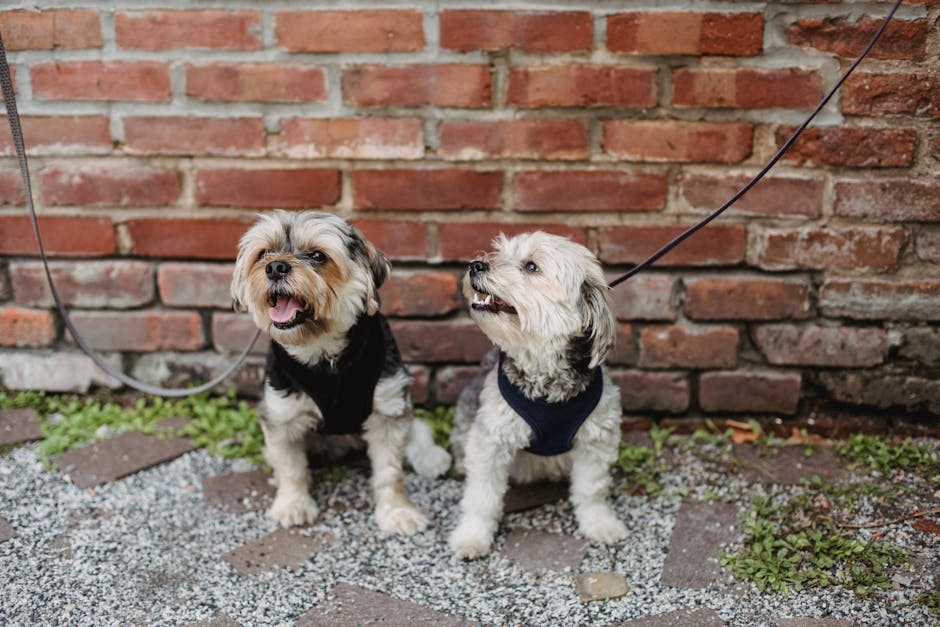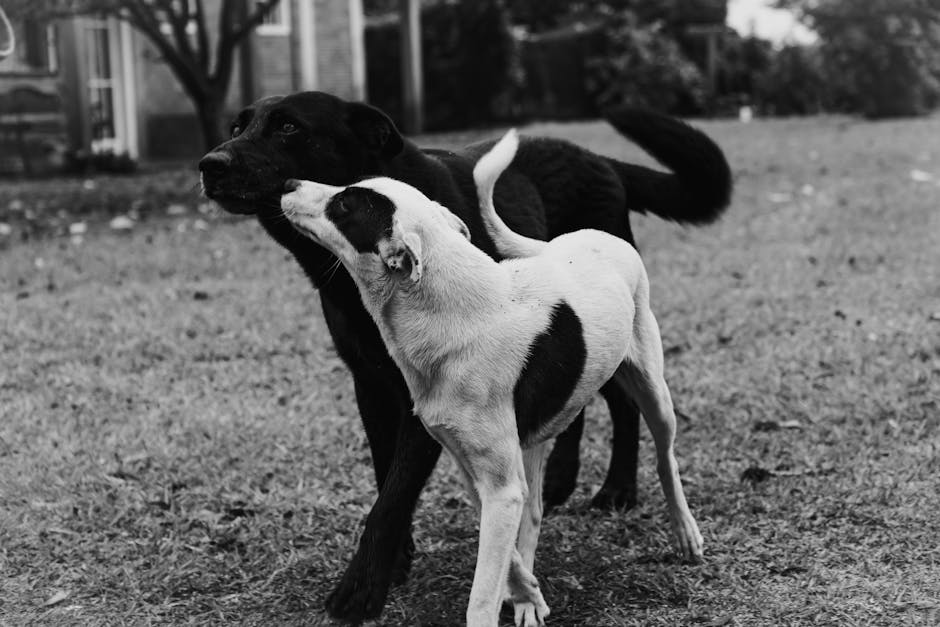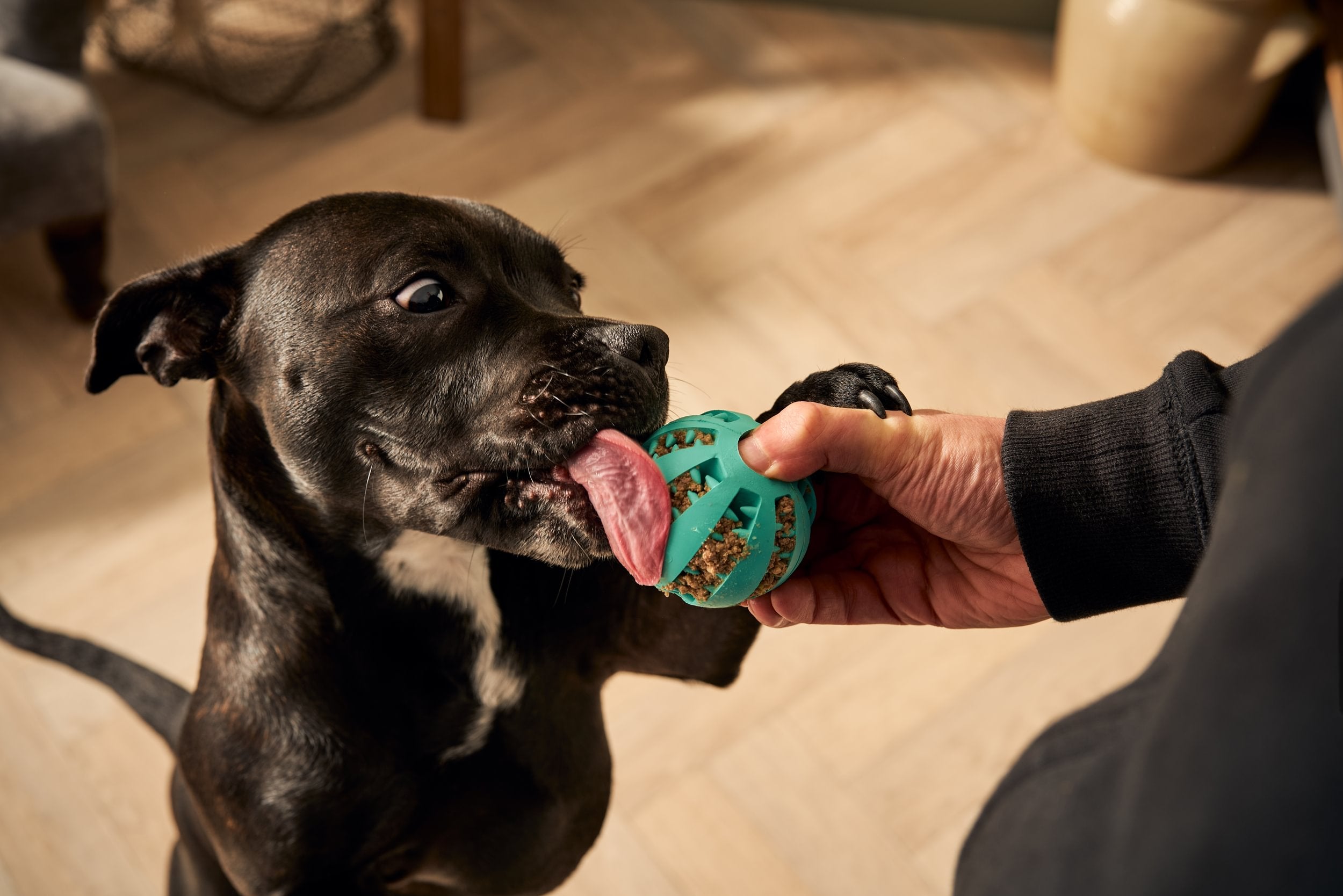If your dog is about to be neutered, you’re probably wondering, “How long will the recovery take?” You want to make sure your furry friend feels comfortable and heals quickly. Understanding the recovery timeline helps you prepare and give the best care possible.
You’ll discover exactly what to expect after neutering, how to spot any issues, and simple steps to help your dog bounce back faster. Keep reading to make your dog’s recovery smooth and stress-free.

Credit: www.facebook.com
Neutering Procedure Overview
Neutering is a common surgical procedure for dogs. It involves removing the testicles to prevent reproduction. The surgery is quick and usually safe. Understanding the steps helps pet owners prepare and care for their dogs.
Preparing For Surgery
Before surgery, the vet examines the dog’s health. Fasting is required for several hours. This reduces the risk of vomiting during anesthesia. Owners should follow all vet instructions carefully.
The Neutering Procedure
The dog receives anesthesia to avoid pain and movement. The vet makes a small incision in the scrotum. Then, the testicles are removed through this opening. The vet closes the incision with stitches or glue.
Duration Of Surgery
The procedure usually takes 15 to 30 minutes. Time varies by dog size and health. Most dogs recover quickly from anesthesia.
Post-surgery Monitoring
After surgery, the dog stays in the clinic for a short time. Vets watch for any signs of complications. Once stable, the dog returns home with care instructions.
Immediate Post-surgery Care
Immediate post-surgery care is vital for a smooth recovery after neutering. This time requires close attention to your dog’s condition and comfort. Proper care helps prevent complications and speeds healing. Understanding what to watch for and how to help your dog feel better is key. The first hours and days set the tone for recovery.
Monitoring Your Dog
Check your dog often for signs of discomfort or unusual behavior. Watch for:
- Excessive swelling or redness around the surgery site
- Bleeding or discharge
- Difficulty walking or standing
- Changes in appetite or thirst
- Vomiting or diarrhea
- Unusual lethargy or restlessness
Keep your dog in a quiet, warm place. Limit movement to prevent injury. Use a clean, soft bed to avoid irritation. Follow your vet’s advice on when to resume walks or playtime.
Pain Management
Managing pain helps your dog recover comfortably. Your vet will likely prescribe painkillers. Give medication exactly as directed. Never give human medicine without vet approval. Watch for signs your dog is in pain, such as:
- Whining or whimpering
- Restlessness or pacing
- Excessive licking or biting at the wound
- Refusing to move or eat
Use an Elizabethan collar if your dog tries to lick the surgery site. This prevents infection and keeps stitches safe. Provide gentle petting and calm reassurance. A relaxed dog heals faster.
First 24 Hours After Surgery
The first 24 hours after your dog’s neutering surgery are crucial. This period sets the tone for a smooth recovery. You’ll need to watch your dog closely and provide the right care to avoid complications.
Rest And Recuperation
Right after surgery, your dog will feel groggy from the anesthesia. It’s normal for them to sleep a lot during this time. Provide a quiet, comfortable spot free from noise and distractions.
Avoid letting your dog jump or run, as sudden movements can cause pain or open the incision. You might notice some mild swelling or redness around the surgery site—this is typical but keep an eye out for excessive swelling or discharge. If you see anything unusual, contact your vet immediately.
Have you prepared a cozy space for your dog to relax? Soft bedding and a calm environment make a big difference in how well they rest.
Feeding Guidelines
Your dog’s appetite may be low right after the surgery, and that’s okay. Offer a small amount of water first to ensure they’re not nauseous. If they keep water down, you can give a small portion of their regular food a few hours after surgery.
Don’t force your dog to eat if they aren’t ready. Instead, try feeding bland, easy-to-digest food like boiled chicken and rice if your vet agrees. Avoid treats or rich foods that could upset their stomach.
Monitor their eating closely. If your dog refuses food or water for more than 12 hours, or if they vomit repeatedly, call your vet. Have you thought about how to adjust your dog’s feeding schedule during recovery?
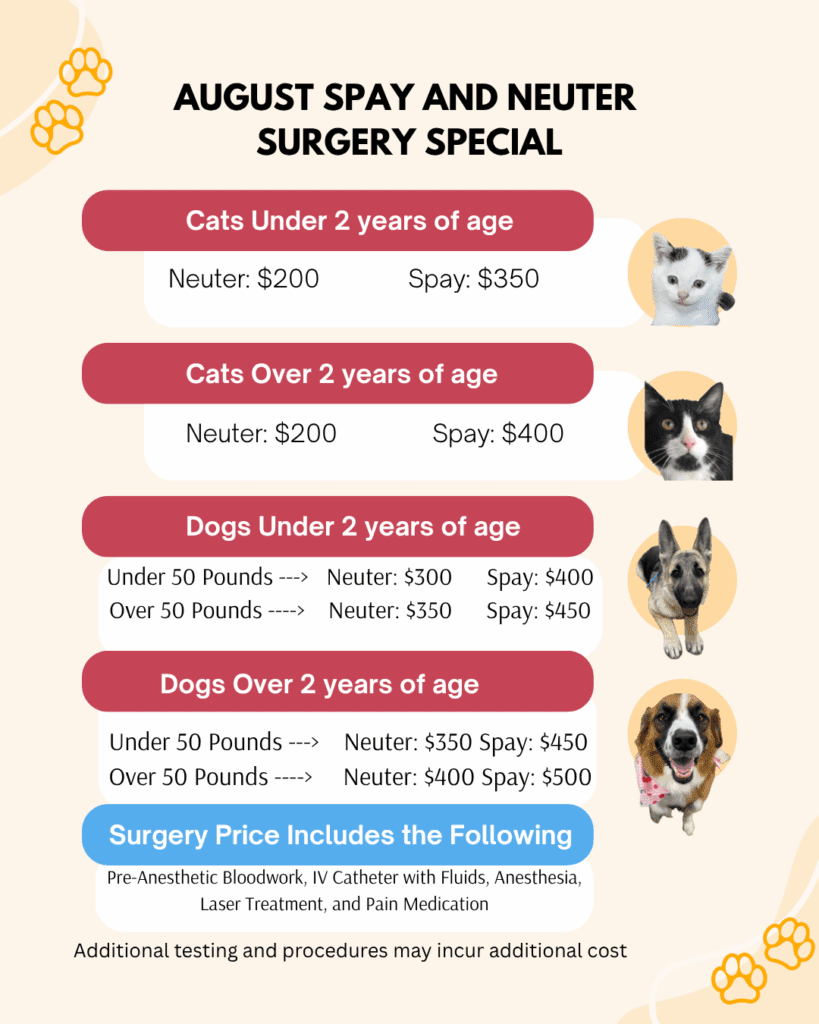
Credit: www.stringtownanimalhospital.com
Week One: Healing Process
The first week after neutering is crucial for your dog’s healing. This period sets the stage for full recovery. Your dog will need rest and gentle care. Watch for changes in behavior or health. Healing happens quickly but requires careful attention.
Activity Restrictions
Limit your dog’s movements to prevent injury. Avoid running, jumping, and rough play. Short leash walks are best for bathroom breaks. Use a crate or small room to restrict space. Keep your dog calm and quiet as much as possible. This helps the incision heal without strain.
Signs Of Complications
Check the incision daily for redness, swelling, or discharge. Mild bruising is normal, but heavy bleeding is not. Watch for excessive licking or biting at the site. A foul smell or pus may signal infection. If your dog shows vomiting, diarrhea, or lethargy, contact your vet. Fever or loss of appetite also needs prompt attention.
Week Two: Gradual Return To Normalcy
By the second week after your dog’s neutering, you’ll notice a shift toward normal behavior and activity. The healing process is well underway, but your dog still needs careful management to avoid setbacks. This phase is about gently increasing activity and observing any changes in mood or habits to ensure a smooth transition back to everyday life.
Increasing Activity
During week two, your dog can start moving around more freely but still avoid strenuous exercise. Short, controlled walks are ideal—they help rebuild muscle without stressing the incision site. Watch closely for signs of discomfort or swelling, and always prevent jumping or rough play.
I once had a dog who got too excited during this phase and tried to chase a squirrel, which led to a slight reopening of the wound. It reminded me how important it is to keep activity gradual and consistent. Ask yourself: Are you giving your dog enough mental stimulation to make up for reduced physical activity?
Behavior Changes
Neutering often brings subtle shifts in your dog’s behavior in the second week. Some dogs become calmer, while others might show mild irritability or confusion due to hormonal changes. These changes usually fade, but staying patient and attentive helps your dog adjust more easily.
Sometimes, your dog might seek more attention or act clingy as they recover. This is normal, but if you notice persistent aggression or withdrawal, it’s worth consulting your vet. How do you usually respond to your dog’s emotional cues, and can you adapt to these new behaviors during recovery?
Long-term Recovery Considerations
Recovering from neutering is more than just healing from surgery. Your dog will experience changes that last well beyond the initial wound recovery. Paying attention to long-term recovery helps your dog adjust comfortably and stay healthy in the weeks and months ahead.
Emotional And Behavioral Adjustments
Neutering can influence your dog’s behavior in ways you might not expect. Some dogs become calmer and less territorial, but others may show signs of confusion or mild anxiety as their hormones shift.
Observe your dog’s mood closely. Has your usually playful pup become withdrawn? Or perhaps they seem restless or more clingy? These changes often fade over time but recognizing them early helps you provide better support.
You might notice a drop in certain behaviors like marking territory or mounting. This is a positive sign your dog is adjusting hormonally. However, if you see increased aggression or fear, consult your vet for advice.
Monitoring Health
Keeping an eye on your dog’s health after neutering is crucial for spotting any problems early. Check the surgery site regularly for redness, swelling, or discharge—signs of infection that need immediate attention.
Watch for changes in appetite and energy levels. A sudden drop could indicate discomfort or illness. On the flip side, increased hunger is common and often leads to weight gain, so manage your dog’s diet carefully.
- Schedule follow-up visits with your vet to track healing progress.
- Keep your dog active but avoid strenuous exercise for at least two weeks.
- Use an Elizabethan collar if your dog tries to lick or bite the incision area.
Have you thought about how your dog’s lifestyle might need to change post-neutering? Planning ahead can make this transition smoother for both of you.
Tips For Smooth Recovery
Helping your dog recover smoothly after neutering is crucial for their health and happiness. Small actions you take can make a big difference in comfort and healing speed. Here are some practical tips to ensure your furry friend bounces back quickly and safely.
Creating A Comfortable Environment
Set up a quiet, cozy spot for your dog to rest away from noise and activity. Soft bedding helps reduce pressure on the surgical area and encourages rest.
Keep the area clean and dry to prevent infections. Limit access to stairs or slippery floors to avoid accidental strain or injury.
Consider using an Elizabethan collar (cone) to stop your dog from licking or biting the incision. Have you noticed how restless dogs get without it? It’s a simple tool that protects their healing wound.
Veterinarian Check-ups
Schedule follow-up visits as advised by your vet to monitor healing progress. These check-ups allow professionals to spot potential issues early.
Ask your vet about signs of infection or complications to watch for at home. Knowing what to look for empowers you to act quickly if something feels off.
If your dog seems unusually lethargic, loses appetite, or shows swelling, don’t hesitate to contact your vet immediately. Timely intervention can prevent minor problems from becoming serious.
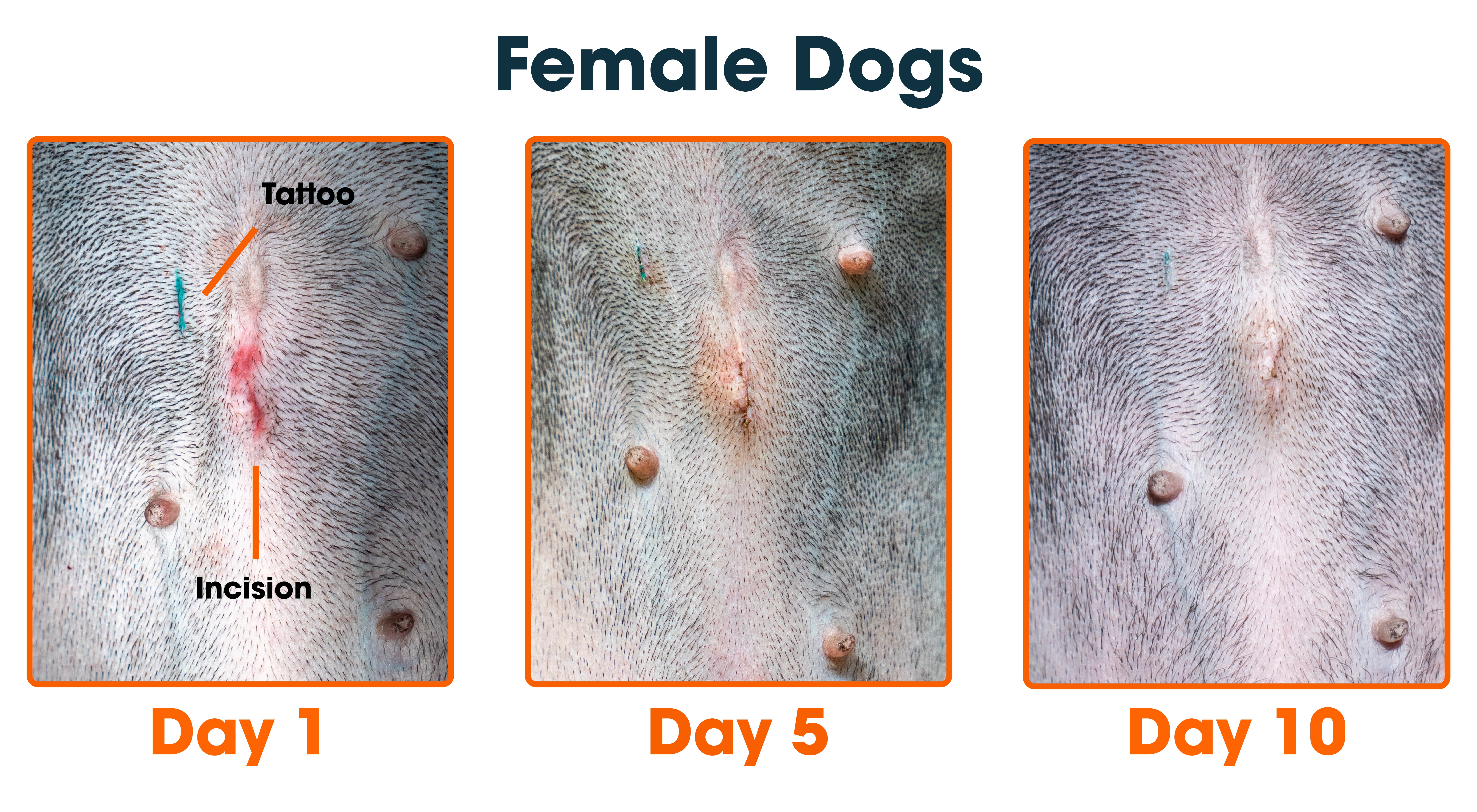
Credit: www.aspca.org
Frequently Asked Questions
How Long Does Dog Neuter Recovery Usually Take?
Most dogs recover from neutering within 10 to 14 days. During this time, swelling and discomfort decrease. Proper rest and care speed up healing and prevent complications.
When Can My Dog Resume Normal Activity After Neutering?
Dogs should avoid vigorous activity for about two weeks after surgery. Gentle walks are fine, but jumping and running must be limited to prevent injury.
What Signs Indicate A Dog’s Neuter Recovery Problem?
Watch for redness, swelling, discharge, or excessive licking at the surgery site. Lethargy, loss of appetite, or fever also signal complications needing vet attention.
How Should I Care For My Dog Post-neutering?
Keep the incision clean and dry, and prevent licking with an Elizabethan collar. Follow vet instructions on pain meds and restrict activity for two weeks.
Conclusion
Recovery after neutering usually takes about 10 to 14 days. Your dog needs rest and gentle care during this time. Watch for any signs of pain or infection. Keep the wound clean and stop your dog from licking it. Most dogs return to normal activity quickly.
Patience helps your dog heal safely and comfortably. Always follow your vet’s advice for the best care. This ensures a smooth recovery and healthy future for your dog.

